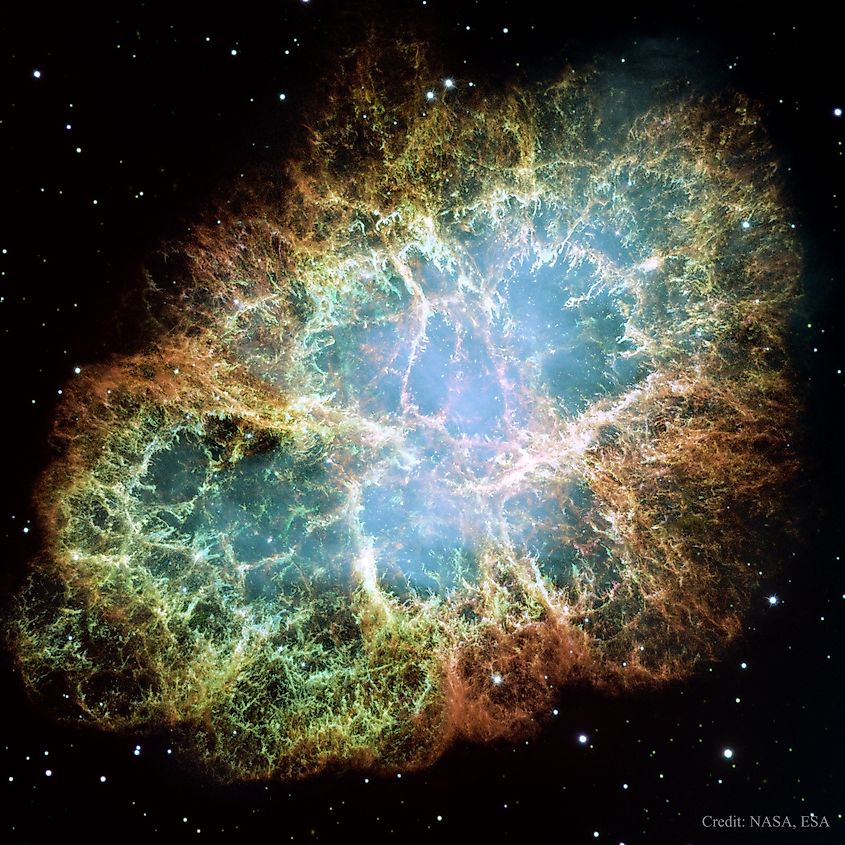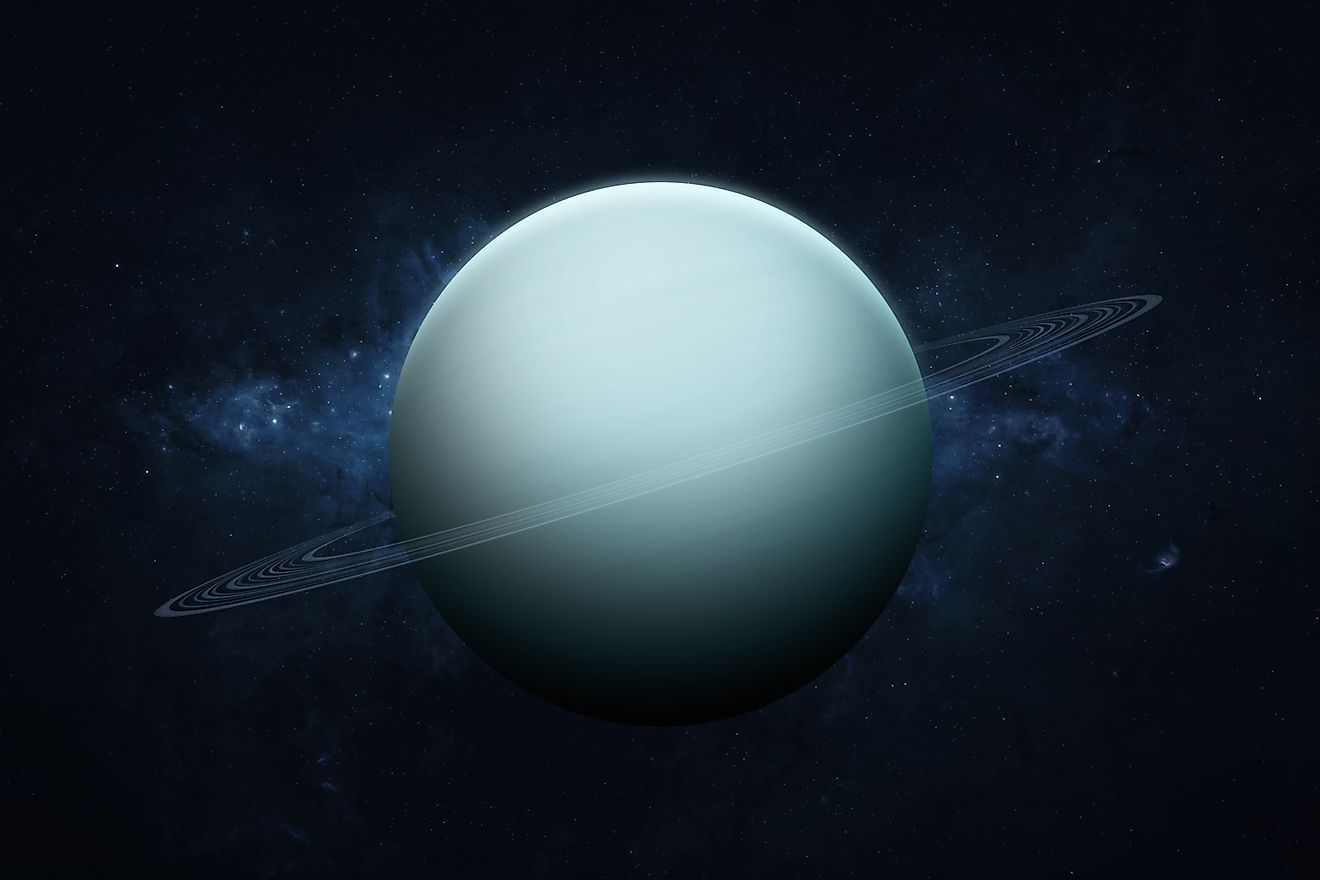
What Is A Pulsar?
The universe contains a multitude of strange, exotic objects. Very few objects embody the mystery of the cosmos as much as pulsars. Pulsars are the remnants of high mass stars whose core has gravitationally collapsed to form a neutron star. Unlike an ordinary neutron star, pulsars spin extremely fast. The average pulsar spins once per second, yet there are some known to spin even faster than that. What exactly is a pulsar and how does a neutron star become a pulsar?
Spinning Neutron Stars

As a pulsar spins, narrow beams of radio waves are emitted from the poles of the pulsar. If the beams happen to be pointed at Earth, they can be detected by astronomers and appear as lights blinking on and off. When astronomers first discovered pulsars in 1967, some believed they were potential energy sources from another civilization. When this turned out to be false, astronomers then hypothesized that these strange blinking objects were white dwarf stars, yet this also turned out to be false. Some of the objects observed were spinning so fast that a white dwarf would be ripped apart. Clearly, pulsars were something else. Then in 1968, astronomers discovered a pulsar within the Crab Nebula and accurately came to the conclusion that pulsars had to be neutron stars. The Crab Nebula is a supernova remnant, and it formed after the death of a high mass star that left a neutron star behind. However, why do some neutron stars spin and become pulsars? The answer to this question is actually rather simple. The principal is similar to what happens when an ice skater brings their arms inwards as they twirl on the ice. When an ice skater is spinning on the ice and draws their arms inward, their speed increases as they bring their mass inwards. Likewise, when the core of a massive star begins to collapse, it begins to rotate extremely fast as its mass is drawn inwards. When it shrinks to a few kilometres across, it may rotate several times a second. Since most stars rotate, nearly every neutron star will likely become a pulsar.
Why Do Pulsars Blink?

The signature appearance of a pulsar is the fact that they seem to blink. This blinking phenomenon is the result of two large beams of energy being emitted from the poles, and as the pulsar spins, the two beams will go in and out of view. Like how the pulsar spins due to the gravitational collapse of a star, the two beams of light also form due to a star’s collapse. The shrinking down of the star causes the star’s magnetic field to also shrink. By making the magnetic field smaller, it actually gets stronger by factors exceeding a billion. The combination of a rapid rotation and strong magnetic field generates an equally intense electric field. This electric field rips charged particles from the neutron star and causes electrons to move upwards near the poles of the pulsar. The magnetic field then accelerates the electrons away from the poles along the magnetic field lines. A steady stream of electrons emitted from the poles generates a stream of radio waves that are seen as beams of light from Earth.











